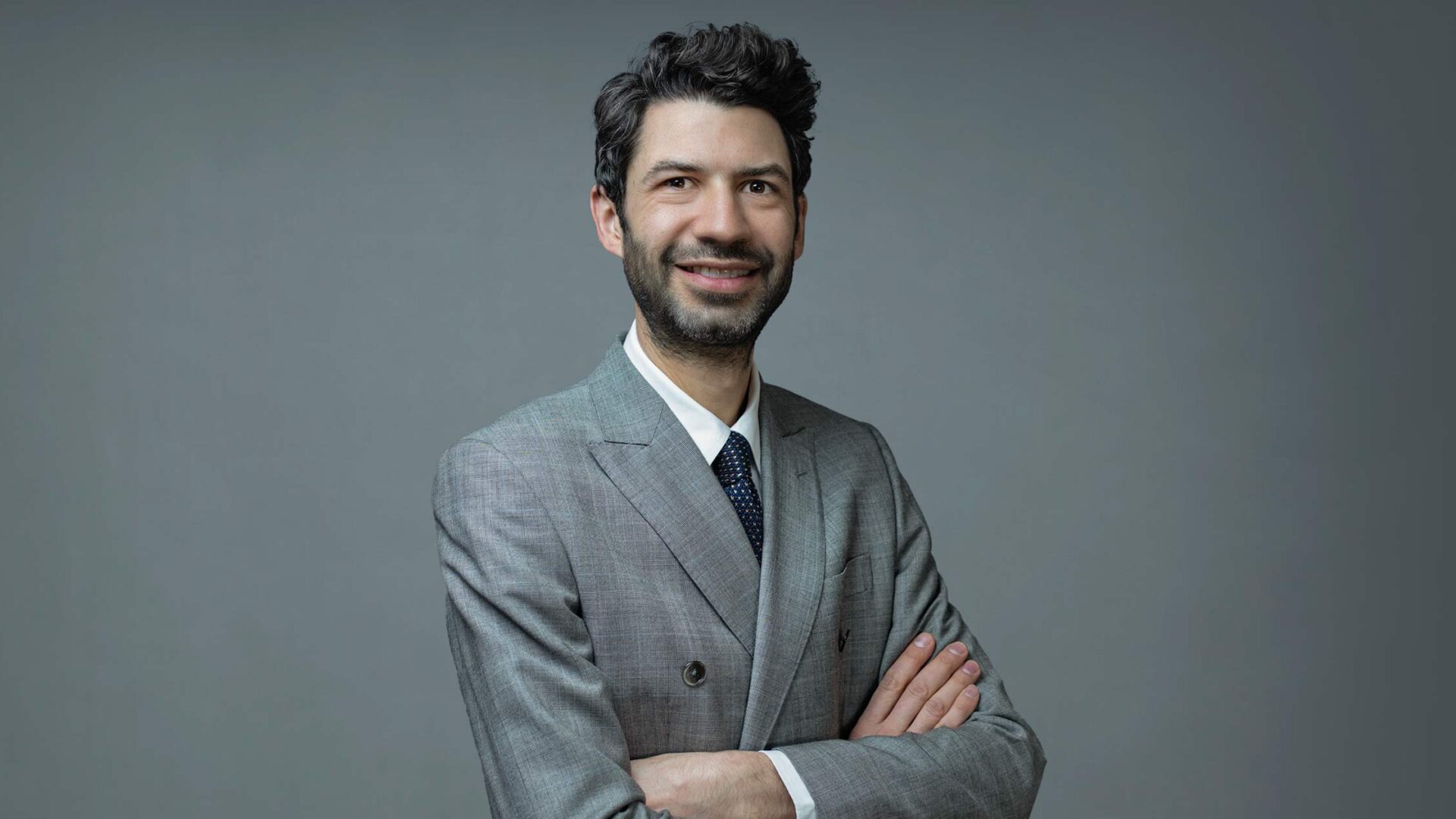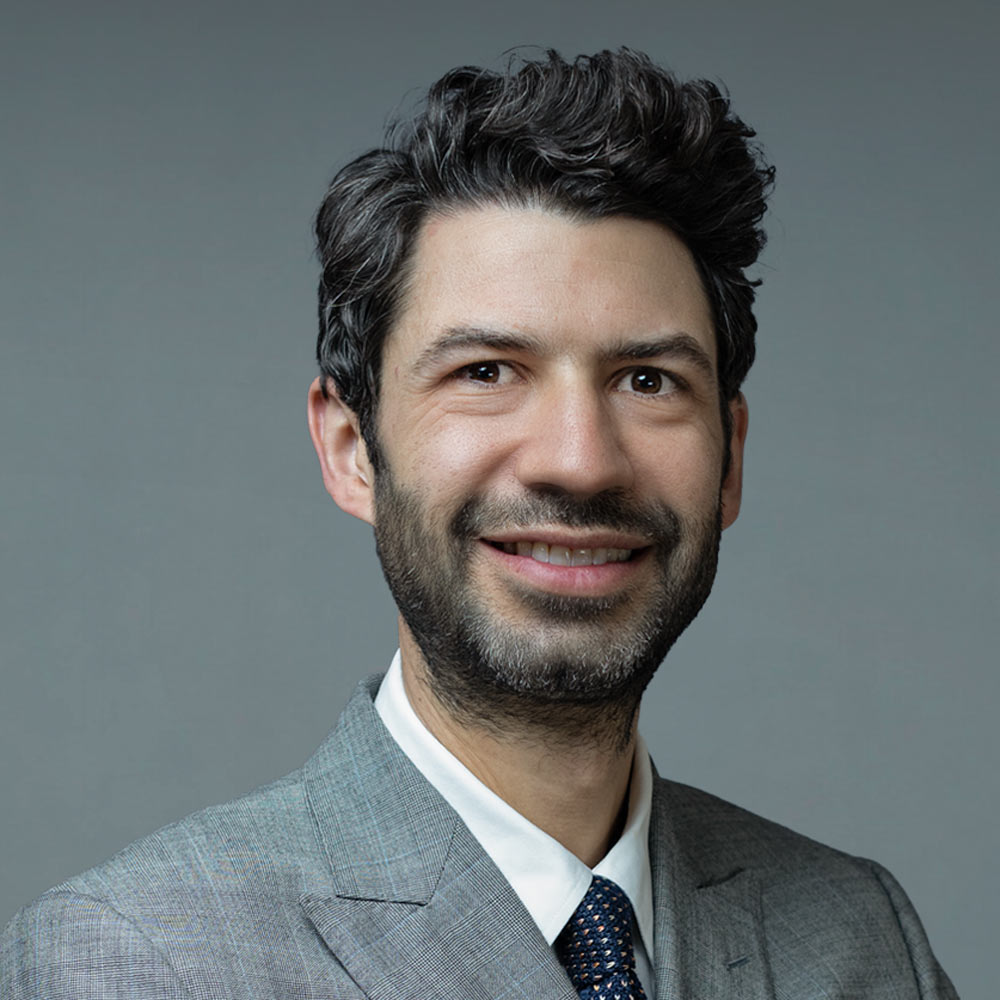After a decade treating patients and contributing to urological research and education in Europe, Esteban Emiliani Sanz, MD, PhD, recently joined NYU Langone as a professor in the Department of Urology, also serving as chief of endourology at NYU Langone Hospital—Brooklyn. He brings extensive expertise in the personalized treatment of kidney stones, with an emphasis on prevention.
Here, Dr. Emiliani shares how he aligns treatment protocols with each patient’s specific condition—and uses kidney stones as a window into his patients’ broader health.
Physician Focus: Dr. Emiliani, for more than 10 years, you’ve focused your urology practice on treating kidney stones. How does your singular focus on kidney stones benefit patients?
Dr. Emiliani: When we talk about kidney stones, we’re actually referring to a general condition with a lot of variation; there are 7 types and 24 subtypes of stones. The benefit of focusing solely on kidney stone treatment is that I understand each of these types with a high degree of precision—what causes them, how they behave, and what treatments they are most likely to respond to.
As a result, I can take an ultrapersonalized approach to kidney stone care, not only offering each patient the treatment options that are most likely to be medically safe and effective, but also empowering patients to choose the approach that fits them best.
“Kidney stones present with a lot of variation. The benefit of focusing solely on kidney stone treatment is that I understand each of these types with a high degree of precision.”
Esteban Emiliani Sanz, MD, PhD
In addition, with my focus on kidney stones I’m able to treat patients with rare presentations and anatomy differences, such as those with ectopic kidneys, urinary diversions, and transplanted kidneys. I also regularly treat pregnant patients, who are more prone to kidney stones due to elevated urinary calcium.
Physician Focus: What does that range of treatments include—and how do you match your patients with the option most likely to work for them?
Dr. Emiliani: In general, we offer two approaches to treatment: medical or surgical. Certain types of stones are good candidates for medications that can dissolve them without the need for additional intervention. Shock wave lithotripsy is a noninvasive ambulatory treatment that breaks down stones into fragments for easier passage, offering a middle ground between a pill and a surgical procedure.
Surgery remains the most effective treatment for complete resolution of kidney stones. We always opt for the least invasive approach possible, and recent innovations give us greater precision.
For example, in ureteroscopy we now use a very thin scope that lets us avoid lesions or overstretching the ureter. Other innovations are designed to remove stones more thoroughly. Previously, stones would be substantially broken down or “dusted,” but left in the kidney to be eliminated through urine. We have a new mechanism in clinical trial that instead aspirates the stone through a scope or sheath to leave the patient as stone-free as possible by the end of surgery.
In addition, newer lasers such as the thulium fiber laser can break stones into far smaller fragments that are easier to pass. For certain patients, especially those with larger stones who need percutaneous nephrolithotomy (PCN)—or keyhole incisions in the kidney—I often combine lasers to reduce the number of tracts required to remove the stones.
Physician Focus: How do you manage recurrent kidney stones, a key challenge in successful treatment?
Dr. Emiliani: Personalized treatment means putting prevention first. With every patient, I dig in to assess why they have stones in the first place—this not only guides treatment but also helps us address the problem at its root and hopefully prevent recurrence. Assessment of kidney stones includes metabolic assessment to find the cause and hopefully empower the patient to reduce recurrence.
“Personalized treatment means putting prevention first.”
For example, patients with cystine stones, which are genetically linked, require a specific diet that includes relatively simple changes, including increased water intake and potassium citrate supplementation to prevent stone recurrence. On the other hand, uric acid stones can signal heart disease, offering an opportunity for a patient to make larger lifestyle changes to support their health.
Physician Focus: Given that kidney stones are often associated with other health conditions, how do you collaborate with colleagues across specialties when treating patients?
Dr. Emiliani: It’s true that kidney stones are not only a medical condition requiring treatment, they’re also a window into improving overall health; they can tell us if something else is wrong or help prevent other negative health effects.
Diet is directly linked to many types of kidney stones, so I work in close consultation with nutritionists to evaluate and advise patients. Excessive calcium in the urine is associated with dehydrated calcium oxalate stones, which can indicate a benign tumor or postmenopausal osteoporosis, so we involve colleagues in endocrinology. I’ll also collaborate with infectious disease specialists to support patients with stones associated with recurrent urinary tract infections. As mentioned, stones can also offer a red flag for heart disease, so we work with cardiologists to help us manage those patients.
“Kidney stones are not only a medical condition requiring treatment, they’re also a window into improving overall health.”
I’m also looking forward to working with nonphysician experts within the NYU Langone network, such as physicists, who can help inform us about innovations in lasers and laboratory biochemists, who can support detailed analysis of stone composition.
The multidisciplinary culture here will also allow me to continue my research on reducing radiation exposure in kidney stone treatment. Measures such as fluoroscopy reduction, utilizing ultrasound over a CT scan when appropriate, and glove use during surgery can potentially reduce exposure for both patients and their surgeons.






